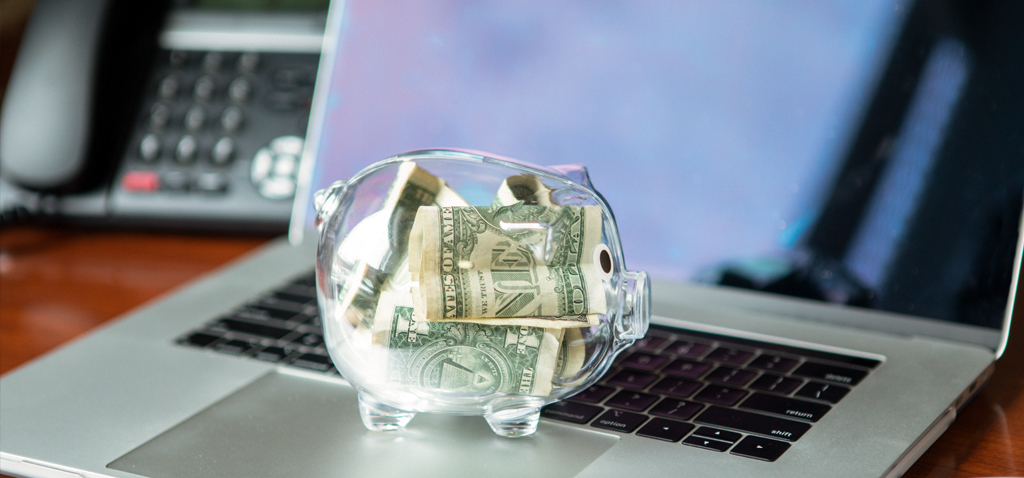The Big Tech Threat (Opportunity?)

In November 2019, Google announced that it was going to launch a checking account. The announcement elicited the typical frenzy in the press about how the Big Tech company and its fellow Gigantosauruses were going to put traditional banks out of business.
But — surprise, surprise—that wasn’t the game plan.
The plan was to partner with established financial institutions, and throughout the course of 2020, Google announced 11 FI partners for its Google Plex account. The new account is expected to launch later this year.
Details about the account were sketchy for a while, but in late 2020, Google released information about the Plex account. The details are pretty juicy. The new checking account will be integrated into the Google Pay app, which re-launched just before Thanksgiving. The updated Google Pay app has three new or redesigned components:
- Pay. The redesigned Pay tab has two pieces: person-to-person (P2P) payments and retail payments. The new P2P features represent Google’s attempt to be like Venmo. Users will be able to set up group payments, put multiple people in a chat, and let them send and request money from each other. It will also track who has and hasn’t paid their share and let the user tap a button to pester them. The app will still let users make tap-to-pay payments to merchants. But Google has added two new buttons to the app: “Get gas” and “Order food.” Google claims that the food ordering system will work with more than 100,000 restaurants. The company also says that users will be able to pay for gas or parking directly from the app in 30,000 locations.
- Explore. This tab is where Google aggregates merchant offers. The default option lets users see generic offers but gives them an option to receive customized offers based on their spending activity. Users can associate an offer with any credit card stored in Google Pay. To redeem the offer, users simply need to use that card. If users redeem a cashback offer, the money goes directly into a Google Pay account. In addition, the new Explore tab has a QR and bar code scanner enabling users to scan a product in a store and use Google Shopping to buy it somewhere else.
- Insights. The third tab, Insights, provides Google’s version of personal financial management (PFM) tools available in many banks’ digital banking platforms today — with some important differences. Insights scans through transactions rather than requiring users to manually enter and/or categorize them. And the redesigned Google Pay app can access users’ Gmail and Google Photos accounts to automatically scan for receipts. With Photos, it uses optical character recognition (OCR) to automatically read receipts and associate them with the correct transaction.
Will Google Plex continue the consumer shift to digital banks for checking-related products at the expense of community banks? Quite possibly. Existing Google Pay users — who account for one in four smartphone owners — are the most likely candidates for the account. Among Google Pay users, 30% intend to open a Plex account — of which almost half plan to make it their primary account.
Want to learn more?
Download our latest research piece, Competing with Google Plex and Digital Banks: How Community-Based Financial Institutions Can Regain Their Mojo, for free today.

